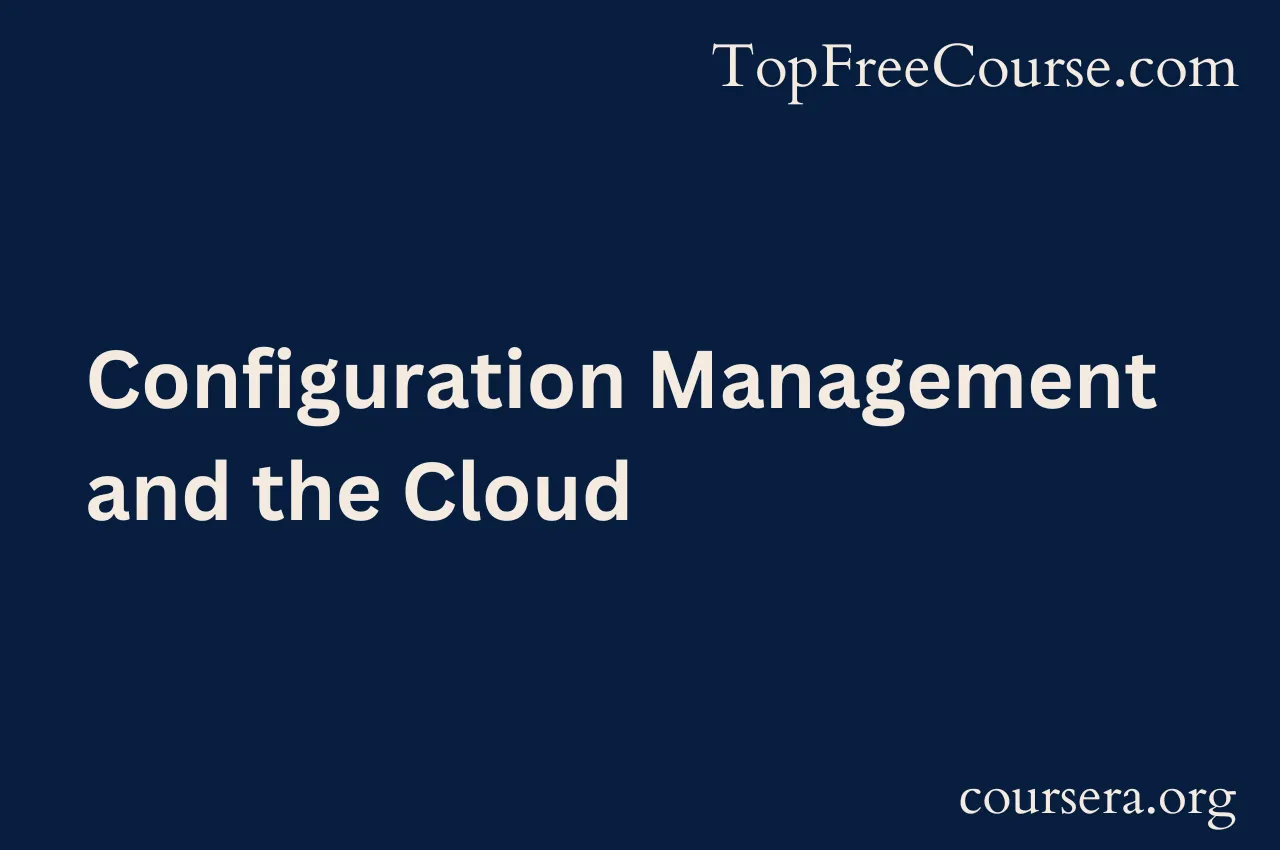What Will You Learn?
Understand the benefits of configuration management and infrastructure as code
Create and maintain containers with Docker and Kubernetes to create efficient and safe application deployment
Automatically deploy new virtual machines running in the Cloud
Deploy changes in a safe manner following CICD principles
About This Course
Provider: Coursera
Format: Online
Duration: 33 hours to complete [Approx]
Target Audience: Beginners
Learning Objectives: Able to become proficient in the art of automating software delivery pipelines, ensuring efficiency, quality, and consistency after completing this free course
Course Prerequisites: NA
Assessment and Certification: NA
Instructor: Google
Key Topics: Cloud Computing, Configuration Management, Automation at Scale, Basic Monitoring & Alerting, Using Puppet
Topic Covered:
- - Course Introduction
- - Cloud Services Overview
- - Scaling in the Cloud
- - Evaluating the Cloud
- - Migrating to the Cloud
- - Spinning up VMs in the Cloud
- - Creating a New VM Using the GCP Web UI
- - Customizing VMs in GCP
- - Templating a Customized VM
- - Cloud Scale Deployments
- - What is orchestration?
- - Cloud Infrastructure as Code
- - Managing Cloud instances at scale
- - Storing Data in the Cloud
- - Load Balancing
- - Change Management
- - Understanding Limitations
- - What are containers?•Preview module
- - Docker web apps
- - Container and artifact registry
- - Kubernetes overview
- - Kubernetes on GCP
- - What is scale?
- - What is configuration management?
- - What is infrastructure as code?
- - What is Puppet?
- - Puppet Resources
- - Puppet Classes
- - What are domain-specific languages?
- - The Driving Principles of Configuration Management
- - Wrap Up: Automating with Configuration Management
- - Deploying Puppet
- - Applying Rules Locally
- - Managing Resource Relationships
- - Organizing Your Puppet Modules
- - Puppet Nodes
- - Puppet's Certificate Infrastructure
- - Setting up Puppet Clients and Servers
- - Modifying and Testing Manifests
- - Safely Rolling out Changes and Validating Them
- - Getting Started with Monitoring
- - Getting Alerts When Things Go Wrong
- - Service-Level Objectives
- - Basic Monitoring in GCP
- - What to Do When You Can't Be Physically There
- - Identifying Where the Failure Is Coming From
- - What is devops?•Preview module
- - From coding to the cloud
- - Automation
- - Continuous Delivery and Continuous Deployment
- - DevSecOps
- - From staging to production

Comments